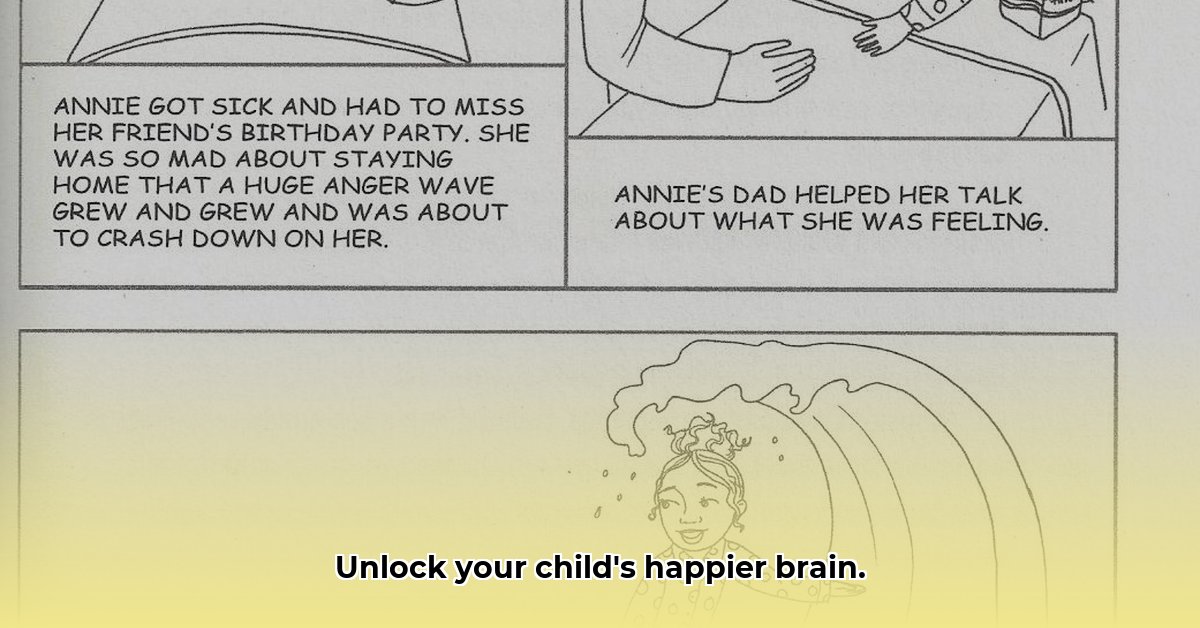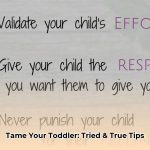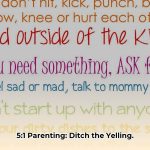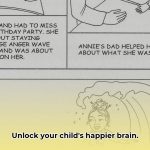Ever feel like your kid’s brain is a mysterious puzzle? One minute they’re sunshine and rainbows, the next they’re a thunderstorm of tears and tantrums. “The Whole-Brain Child” by Daniel Siegel and Tina Payne Bryson offers a roadmap to navigate these emotional terrains. It’s not about labeling kids as “difficult,” but about understanding their developing brains. This guide breaks down their 12 strategies, turning everyday challenges into opportunities for connection and growth, helping you raise emotionally intelligent kids.
A Glimpse Inside The Whole-Brain Child
Parenting can feel like a rollercoaster of emotions. The Whole-Brain Child offers a compassionate and science-backed approach to understanding your child’s emotional world. Siegel and Bryson, renowned experts in child development and neuropsychiatry, explain how a child’s brain develops—the left side, the right side, and how they work together (or sometimes don’t!)—and how this understanding can transform your parenting.
12 Strategies for Whole-Brain Parenting
These strategies aren’t just about managing behavior; they’re about nurturing your child’s emotional intelligence and building stronger connections.
1. Connect and Redirect: When a child is upset, their emotional right brain takes over. Logic and reason won’t work. First, connect emotionally. Acknowledge their feelings with empathy. Then, once they’re calmer, gently redirect with logic. “I see you’re upset you can’t have that toy. It’s hard to leave it behind. Maybe we can play with it at home, or choose a different toy now.”
2. Name It to Tame It: Big feelings can be scary for kids. Help them label their emotions. “You seem frustrated that the blocks keep falling.” Naming the feeling engages the left brain, bringing a sense of control.
3. Engage, Don’t Enrage: Before correcting, connect. Ask questions, listen, and acknowledge their feelings. This creates a receptive environment for guidance. “Hmm, that didn’t work. What else could you try?”
4. Move It or Lose It: Physical activity helps release pent-up energy that can fuel emotional outbursts. Encourage running, jumping, or dancing to shift their state of mind.
5. Use It or Lose It: The prefrontal cortex (the “upstairs brain”) controls planning and impulses. Give kids opportunities to exercise this part of their brain by letting them make choices and solve problems.
6. Let the Clouds of Emotion Roll By: Teach kids that feelings are temporary, like clouds passing in the sky. This helps them ride out emotional waves without getting overwhelmed.
7. SIFT: This encourages self-awareness. Help kids explore their Sensations (body), Images (mind), Feelings, and Thoughts.
8. Exercise Mindsight: This is the ability to understand our own minds and the minds of others. Ask, “How do you think your friend felt?” to foster empathy.
9. Increase the Family Fun Factor: Shared joy strengthens connections between the left and right brain. Prioritize positive interactions and create lasting memories.
10. Connect Through Conflict: Disagreements are learning opportunities. Model healthy conflict resolution by listening and finding solutions together.
11. Remember to Remember: Talking about past experiences and creating a narrative of their lives helps integrate the left and right brain and strengthens their sense of self.
12. Let the Whole Brain Shine: Celebrate your child’s unique strengths. Encourage activities that engage all parts of their brain, fostering creativity, logic, and physical activity.
The Science of Brain Integration
“Integration” is key to emotional well-being. It’s about linking the different parts of the brain—upstairs/downstairs, left/right—so they work together like a well-coordinated team. This allows kids to manage emotions, think clearly, and make good choices.
The “upstairs brain” (prefrontal cortex) is responsible for logic, planning, and self-control. The “downstairs brain” (limbic system) is the center of emotions. When a child is upset, the downstairs brain takes over. Integration is like building a staircase between these two, enabling communication and balance.
Strategies like “Name It to Tame It” and “Engage, Don’t Enrage” help build this staircase. By naming a child’s feeling, you help them access their upstairs brain and regain control. By connecting emotionally before correcting, you create a safe space for learning.
Left-right integration is also important. The left brain is logical and language-based; the right brain is emotional and nonverbal. Activities like playing music or drawing integrate both sides. While some research suggests the concept of brain lateralization is simplistic, understanding these differences can inform how we engage children in learning and play.
Left Brain, Right Brain: Two Sides of the Same Coin
The left-right brain concept provides a framework for understanding how children learn and process information. The left brain excels at logic, language, and analytical thinking. The right brain thrives on creativity, intuition, and emotional intelligence. While recent research suggests the brain operates as an interconnected network, with both hemispheres constantly interacting, the concept of dominant learning styles still holds value.
As children grow, ideally, both hemispheres develop a strong partnership. To nurture this, provide a balanced “brain food” diet:
- Left-Brain Boosters: Puzzles, math games, science experiments, structured building activities.
- Right-Brain Boosters: Painting, storytelling, music, freeform play with clay or blocks.
- Whole-Brain Activities: Playing a musical instrument, building with blocks (both freeform and with instructions), dramatic play, learning a new language, cooking together.
Taming Tantrums: A Whole-Brain Approach
Tantrums happen when the downstairs brain takes over. The child isn’t being difficult; they’re overwhelmed by emotions they can’t yet manage. Dr. Bruce Perry’s “3 Rs” offer a helpful approach:
- Regulate: First, regulate your own emotions. Then, create a calming environment for your child.
- Relate: Connect emotionally. Acknowledge their feelings with empathy: “I see you’re really upset. It’s okay to feel this way.”
- Reason: Once calm, help them understand what happened and what they could do differently next time.
Use meltdowns as learning opportunities. Help them identify and name their feelings. Talk about what triggered the meltdown and brainstorm alternative responses. This builds emotional intelligence and problem-solving skills.
Beyond the Book
The Whole-Brain Child is a valuable resource for parents navigating the challenges of raising children. While ongoing research continues to explore brain development and parenting techniques, this book offers a practical starting point. For further exploration, consider Siegel and Bryson’s other works, such as “No-Drama Discipline” and “The Power of Showing Up.” These resources offer additional insights into fostering connection, understanding, and resilience in children. Remember, parenting isn’t about perfection; it’s about progress, connection, and continuous learning.
- gfdgdfg - August 25, 2025
- Nurturing Parenting Program: A Comprehensive Guide for Families - February 6, 2025
- Practical Parenting Tips for Toddlers (1-3 Years) - February 6, 2025











